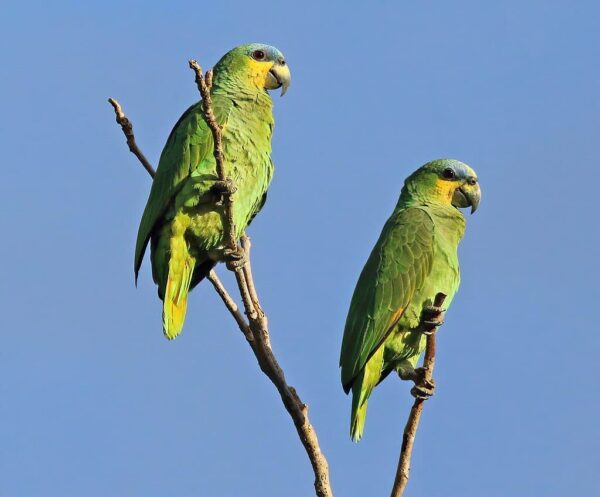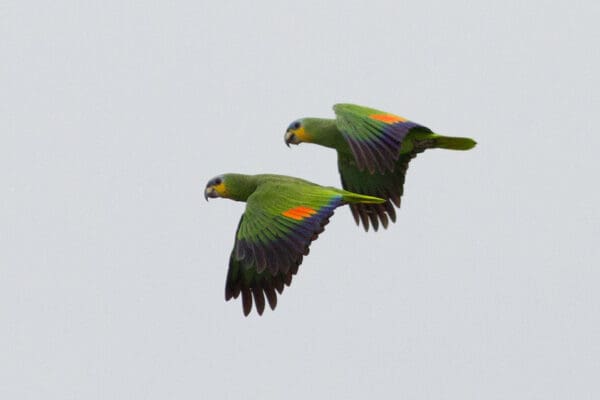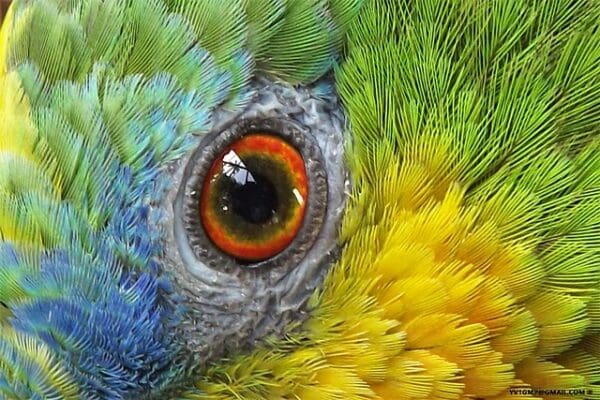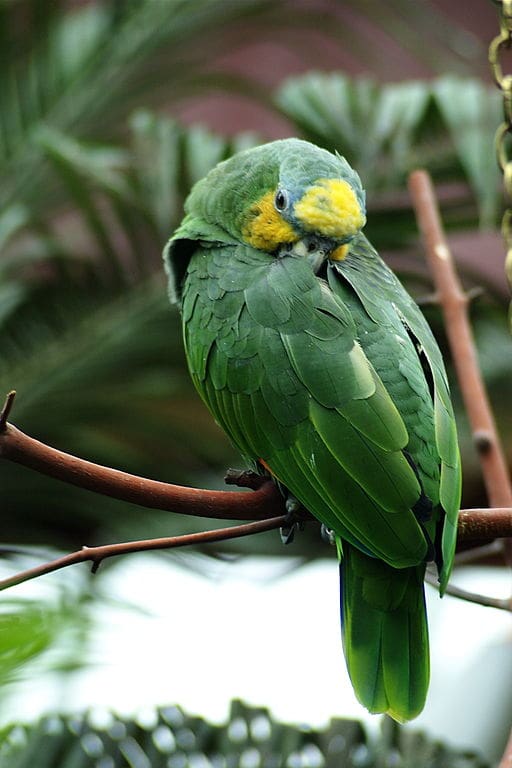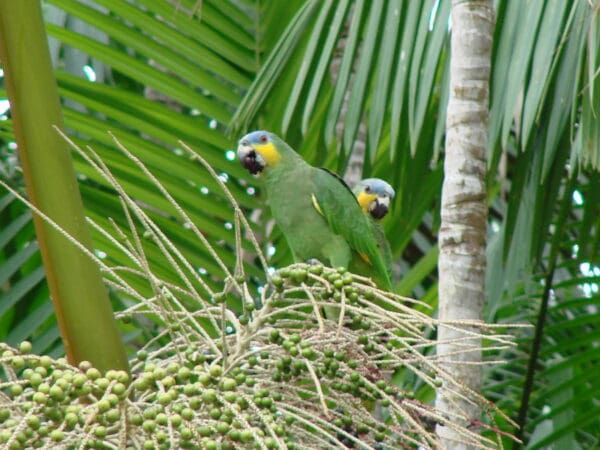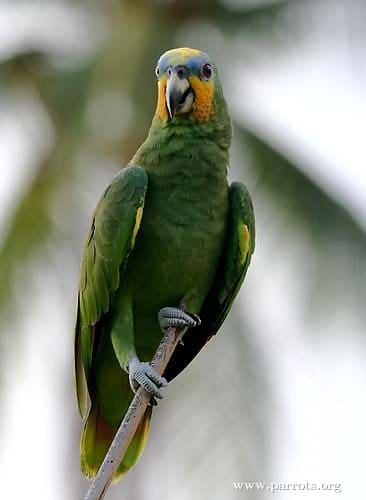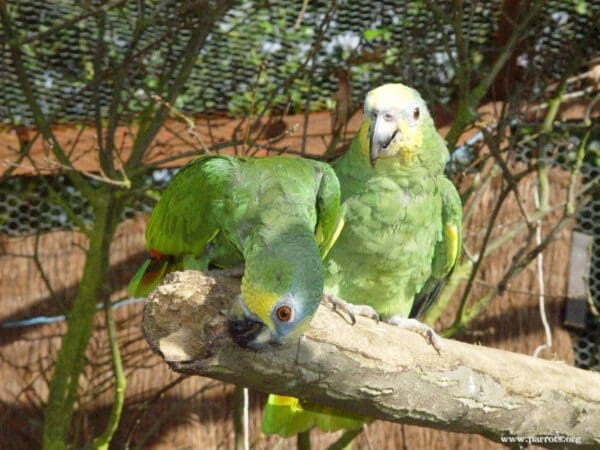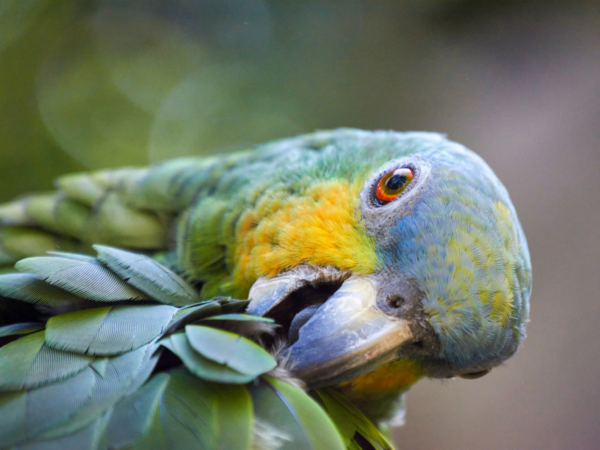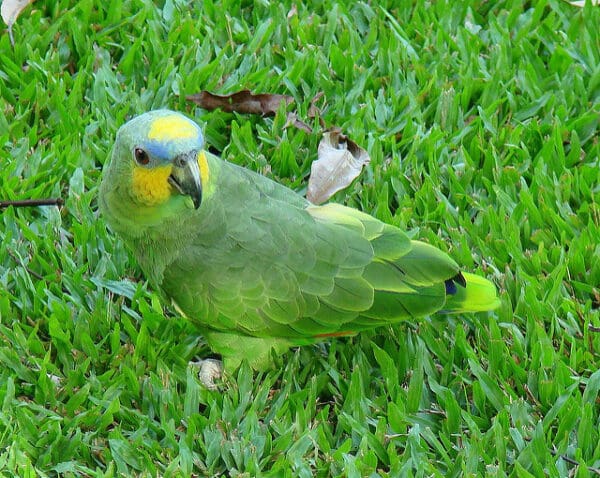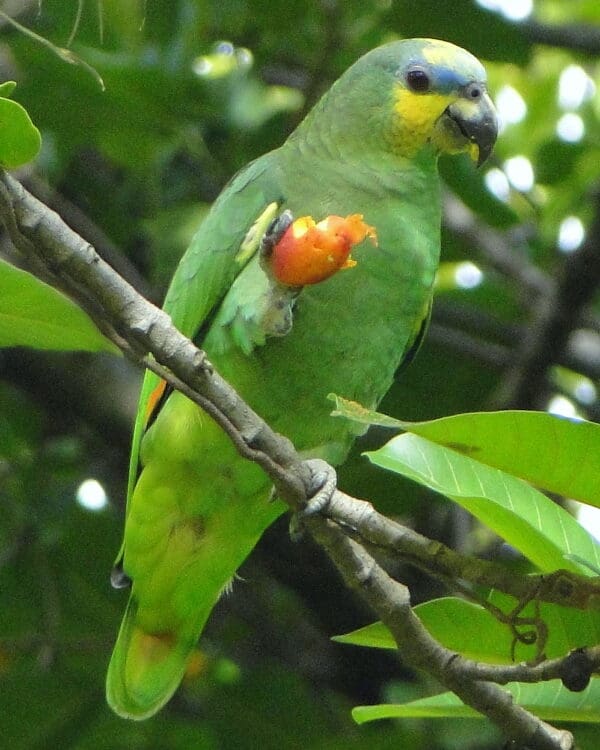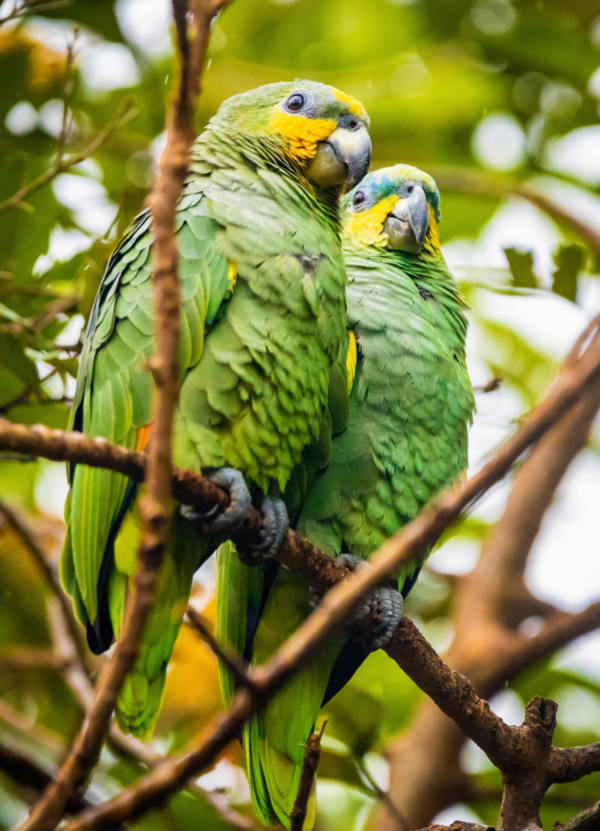Orange-winged Amazon
Also known as:
Orange-winged Parrot
Also known as:
Orange-winged Parrot
![© Charlesjsharp (Sharp Photography) [CC BY-SA 4.0] via Wikimedia Commons Wild Orange-winged Amazons perch on a branch](https://parrots.org/wp-content/uploads/1990/08/Orange-winged-Amazons-Charles-J.-Sharp-CC-BY-SA-4.0-via-Wikimedia-Commons-e1732302014806-100x100.jpg)
![© Dave Curtis [CC BY-SA 2.0] via Flickr Wild Orange-winged Amazons fly in tandem](https://parrots.org/wp-content/uploads/2023/01/wpt_Orange-winged-Amazon_1419-22-100x100.jpg)
![© Nick Athanas [CC BY-SA 2.0] via Flickr A wild Orange-winged Amazon perches on a branch](https://parrots.org/wp-content/uploads/2023/01/wpt_Orange-winged-Amazon_1419-21-100x100.jpg)
![© Carlos E. Pérez S.L. [CC By-SA 2.0] via Flickr A closeup of an Orange-winged Amazon](https://parrots.org/wp-content/uploads/2023/01/wpt_Orange-winged-Amazon_1419-20-100x100.jpg)
![© Kyle Flood [CC BY-SA 2.0] via Wikimedia Commons An Orange-winged Amazon tucks itself in to rest](https://parrots.org/wp-content/uploads/2023/01/wpt_Orange-winged-Amazon_1419-12-100x100.jpg)
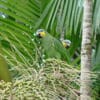
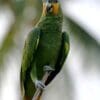
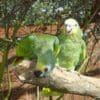
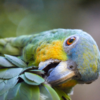
![© barloventomagico [CC BY-SA 2.0] via Flickr An Orange-winged Amazon walks in grass](https://parrots.org/wp-content/uploads/2023/01/wpt_Orange-winged-Amazon_1419-18-100x100.jpg)
![© barloventomagico [CC BY-SA 2.0] via Flickr A wild Orange-winged Amazon feeds on fruit](https://parrots.org/wp-content/uploads/1990/08/Orange-winged-Amazon-barloventomagico-100x100.jpg)
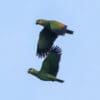
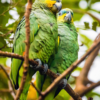
DID YOU KNOW?
One sound the Orange-winged Amazon makes resembles the Black-headed Gull.

Amazona

amazonica
Size:
31 cm (12 in)
Weight:
298-470 g (10.4-16.5 oz)
Subspecies including nominate:
two: A.a. amazonica, A.a. tobagensis
Colour Adult:
A.a. amazonica: Both adults forehead, crown and forecheeks yellow; lores and band between eyes violet/blue; throat yellow/green tinged with blue; orange bases of secondary feathers 1 to 3, the remainder green tipped with blue; central tail feathers green, side tail feathers green tipped yellow/green, the orange/red on inner webs of wings banded in centre with dark green and with red at bases of feathers. Beak horn-coloured with dark grey near tip. Eye ring grey/white, eye orange.
A.a. tobagensis: Both adults differ from amazonica by having more extensive orange bases to the secondary feathers 1 to 4.
Colour Juvenile:
As in adults but with grey/white eye ring, eye grey/brown.
Call:
Wide variety of sounds. Harsh screeches, screams, squawks, trills, bubbles and whistles.
More Information:
Content Sources:
CITES
BirdLife International
Cornell Lab of Ornithology/Birds of the World
Parrots: A Guide to Parrots of the World, Juniper and Parr, 1998
Parrots of the World, Forshaw and Cooper, 1977. 2010 edition
Parrots of the World, Forshaw, 2006
Parrots in Aviculture, Low, 1992.
Psittacine Aviculture, Schubot, Clubb and Clubb, 1992.
Captive Status:
Fairly common.
Longevity:
50-60 yrs
Housing:
Aviary or suspended enclosure, minimum length 3 m (9.8 ft).
Diet:
Fruit such as: apple, pear, orange, cactus fruits, pomegranate, etc, forming about 30 percent of diet; vegetables such as: carrots, celery, green peas and beans, corn; green leaves such as: Swiss chard, lettuce, dandelion; spray millet, small seed mixture low on oily and sunflower seeds; cooked beans and pulses, and complete kibble.
Enrichment:
Provide lots of bird-safe wood and leather chew toys, puzzle toys, food foraging toys, swings, ladders; bathing and companionship.
Nest Box Size:
Vertical box, 12″ x 12″ x 24″ (30.5 cm x 30.5 cm x 61 cm).
Clutch Size:
3 or 4
Fledging Age:
8 weeks
Hatch Weight:
—
Peak Weight:
—
Weaning Weight:
—
World Population:
Unknown, decreasing.
IUCN Red List Status:
Least Concern
CITES Listing:
Appendix II
Threat Summary:
Heavily trapped for the wild-bird trade: well over 300,000 wild-caught individuals have been recorded in international trade since 1981. Is also hunted for food, and habitat loss is a concern. May benefit when land clearance leaves a mosaic landscape.
Range:
A.a. amazonica: N and E Colombia to N Venezuela, including Isla Margarita and south of Rio Orinoco throughout Amazonas and Bolivar, and the Guianas and Amazon River basin, south in Brazil to Mato Grosso, W Sao Paulo and N Parana, and E Bolivia, to E Ecuador and E Peru; occasionally in coastal Brazil, from Pernambuco south to NE Sao Paulo.
A.a. tobagensis: Trinidad and Tobago.
Habitat:
Utilizes all kinds of lowland forest and wooded country, near water, including tropical rainforest, savanna and other seasonal woodlands, cultivated areas with trees, mangroves, vareza forest and gallery woodlands. Mostly below 600m (1968 ft) but up to 1200m (3936 ft).
Wild Diet:
Eats palm fruits (Sloanea, Richeria and Byrsonima), flowers of Erythrina, and other food plants. May take oranges and mango in cultivated areas when other food is scarce.
Ecology and Behaviour:
Likes to be near water; roosts communally in clumps of trees, giant bamboos or palms. Several pairs combine in loose flocks with groups up to 50 individuals quite common and 200 or more not unusual. May also visit urban areas.
Clutch and Egg Size:
3 or 4 elliptical to ovate eggs, 37.5 x 29.0 mm (1.5 x 1.1 in).
Breeding Season:
Variously December-June depending on locality. Nest is in cavity in large tree.
Related Links:
—
